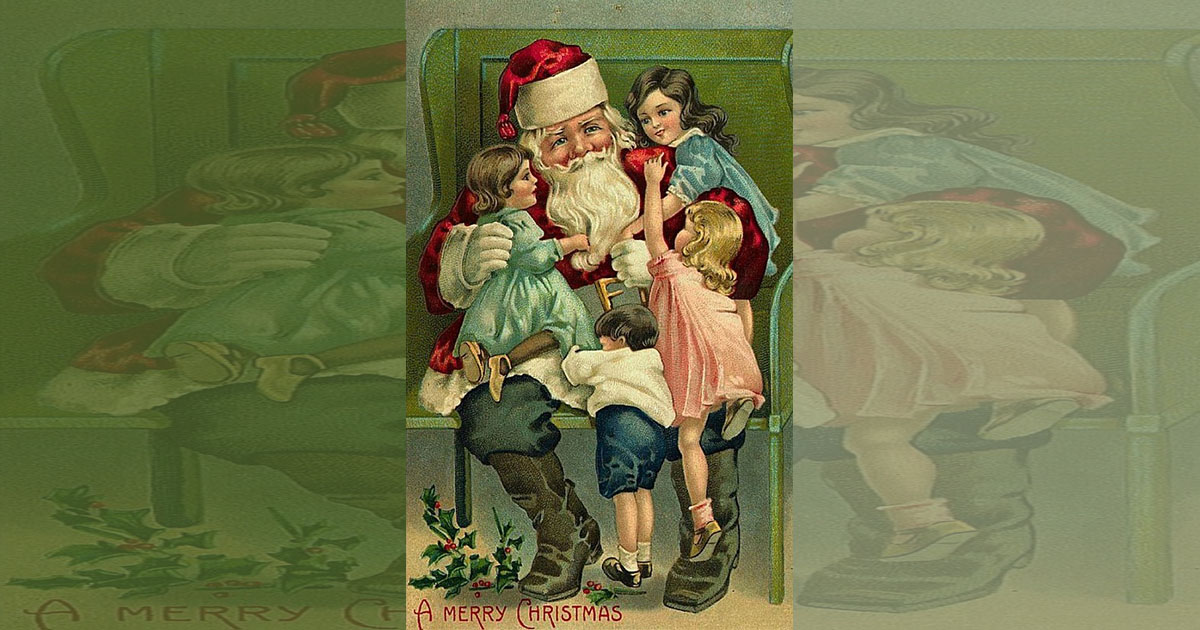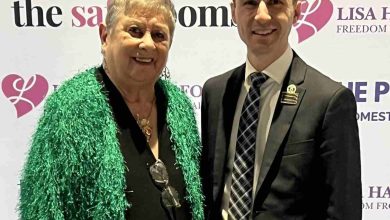A Short History of Christmas Customs
As we approach Christmas Customs, thought has been given Christmases past and toys of bygone years. A suggestion from one reader was for a history of the Rocking Horse as it was said that Queen Victoria had popularised rocking horses as Christmas gifts.
Following the death of Prince Albert, Victoria was in mourning and she had not been seen about in public for some time. Members of the Palace household were concerned and suggested that she may like to visit a Children’s Hospital and to be seen as being about amongst the public.
She was dismayed that the children in the hospital seemed to have little to keep them entertained. She returned to the palace and ordered her staff to make 50 rocking horses to be supplied to the hospital for the use of the patients.
She also ordered that they be painted “dapple grey” same as the horses in the household cavalry. Upon completion they were then presented to the hospital. This assisted in popularising the giving of giving gifts at Christmas and also giving to charitable causes.
Before the marriage of Victoria to Prince Albert, Christmas was not widely celebrated in the United Kingdom. It was Prince Albert that introduced the Christmas Trees custom that we celebrate today.
Prince Albert came from Germany where the practice of bringing a fir tree into the home and decorating it with sweet treats and fruit at Christmas time was popular was introduced to the Royal household and was soon followed by the upper classes of the UK and gradually the rest of the population.
One custom that did not catch on widely, however, was the tree being suspended from the ceiling. So far in my investigation I have only seen it referenced in a re-enactment of the coronation of Queen Victoria at Windsor Castle.
The symbol of the upside down tree may have begun in 7th century. Folklore around the topic credits a Benedictine monk named Boniface. According to the legend, Boniface saw a group of pagans worshipping an oak tree. In response he cut down the tree and in its place grew a fir. Then, Boniface cut down the fir and turned it upside down, using its triangular shape as a way of explaining the Holy Trinity to the pagans.
But it was southern Poland where the trend really thrived. In a tradition called podłazniczek, Polish people used “fruit, nuts, sweets wrapped in shiny paper, straw, ribbons, gold-painted pine cones” to decorate a spruce hanging upside down from the ceiling in the centre of the room. It was often the poorer families of the 19th century that hung their Christmas trees from the rafters.
It was not until the 19th century that the giving of presents or gifts at Christmas became popular. Previously, in many countries, the giving of presents or gifts was done on New Years Day to welcome in the New Year however, as Christmas Day became more popular than New Years Day, the practice moved to the earlier date.
In the early 1840s, British candymaker, Tom Smith, got the idea for Christmas crackers while on a trip to France. There he discovered Bon Bons, paper-wrapped sugared almonds, and decided to make a sweets-filled version of his own which snapped when pulled apart. The crackers, which are now typically filled with paper crowns and toys, have been a staple of Christmas ever since.
In 1843 Henry Cole commissioned an artist to design a card for Christmas. The illustration showed a group of people around a dinner table and a Christmas message. At one shilling each, these were pricey for ordinary Victorians and were not immediately accessible.
However the sentiment caught on and many children – Queen Victoria’s included – were encouraged to make their own Christmas cards. In this age of industrialisation, colour printing technology quickly became more advanced causing the price of card production to drop significantly.
Together with the introduction of the halfpenny postage rate, the Christmas Card industry took off. By the 1880s the sending of cards had become hugely popular, creating a lucrative industry that produced 11.5 million cards in 1880 alone.
The commercialisation of Christmas was well on its way. However it seems that the technological age has seen the production of Christmas cards and written letters including those bearing Christmas greetings to family and friends reducing in numbers as email and electronic messaging services expand.
As we celebrate the festive season some industries have also benefitted from the season. Butchers, Fishmongers (that’s now an old term hardly used), Supermarkets and other food purveyors all cater for the family and work gatherings being held.
In conclusion I wish all readers a happy and joyous Christmas and New Year and hope to see all back again in January when we return.











